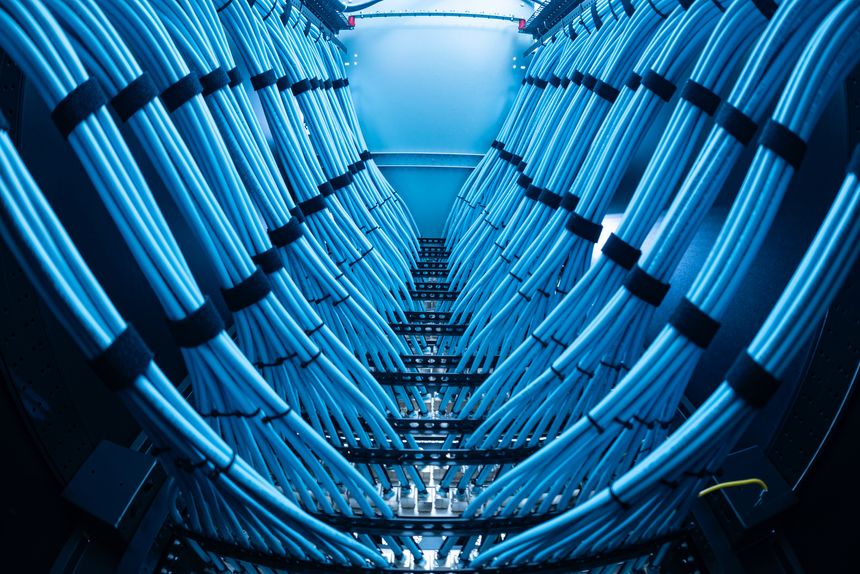For years, everyone talked about how 'data is the new oil,' but with the acceleration of AI, cloud platforms, and high-powered computing becoming more common, that story is changing. Now, the real hot commodity is energy and all the infrastructure needed to generate, deliver, and cool it down.
In the U.S., there are over 5,400 facilities powering everything from cloud services and streaming to logistics and even national defense, and more, the U.S. operates more data centers than the next several major countries combined. No other region comes close to this level of digital infrastructure concentration. But that dominance comes with a new pressure point. Power availability.
We’re seeing a major shift. Instead of just leasing data center space, hyperscalers are now building entire ecosystems. Buying land, securing energy contracts, and even generating their own power. In many ways, they’re becoming energy companies themselves. And the scale is staggering.
The computing demands of AI and cloud platforms are climbing faster than most energy systems were built for. A single hyperscale data center can require 50 to several hundred MWs of power to operate, roughly equivalent to the demand of a mid-sized U.S. city. Demand for data center power is also expected to rise by up to 165% by the end of the decade (vs 2023), and in some markets, planned AI data center capacity exceeds the total grid capacity available in the next 5–10 years.
This is why hyperscalers are increasingly negotiating directly with utilities, power developers, transmission authorities, and even state and federal governments. They are:
• Locking in long-term energy deals at unprecedented scales
• Building their own energy sources, including solar farms, gas peaker plants, and emerging nuclear modular systems
• Pushing for faster transmission lines and better grid upgrades
• Influencing state-level policies around zoning, water rights, and how they connect to the grid
At Baker Botts, work around power for data centers isn’t just growing, it’s exploding. The firm has helped more than 50 data center projects go live and has worked on hundreds of data center-related matters including the critically important power and energy regulatory hurdles.
Essentially, the digital economy is reframing the competitive landscape and depends on energy strategy as much as compute strategy. The question is not “How much data can we produce?” but “How much power can we generate, deliver, and cool to support the data we produce?”
Countries and regions that can provide large amounts of reliable, clean energy will attract hyperscale investment, creating jobs and tech hubs. Those that cannot will be left behind.
The new race is not only for computing dominance, but for the energy infrastructure capable of sustaining it. Power is changing the game.


/Passle/678abaae4818a4de3a652a62/MediaLibrary/Images/2025-10-15-19-48-20-888-68effa84a8531caef9c84844.jpg)
/Passle/678abaae4818a4de3a652a62/SearchServiceImages/2025-11-18-03-59-34-619-691bef26104d74a7c40cb105.jpg)
/Passle/678abaae4818a4de3a652a62/SearchServiceImages/2025-11-12-19-39-00-222-6914e254d13d736fb03da927.jpg)
/Passle/678abaae4818a4de3a652a62/SearchServiceImages/2025-11-07-22-20-51-466-690e70c30c7a1185349fc015.jpg)